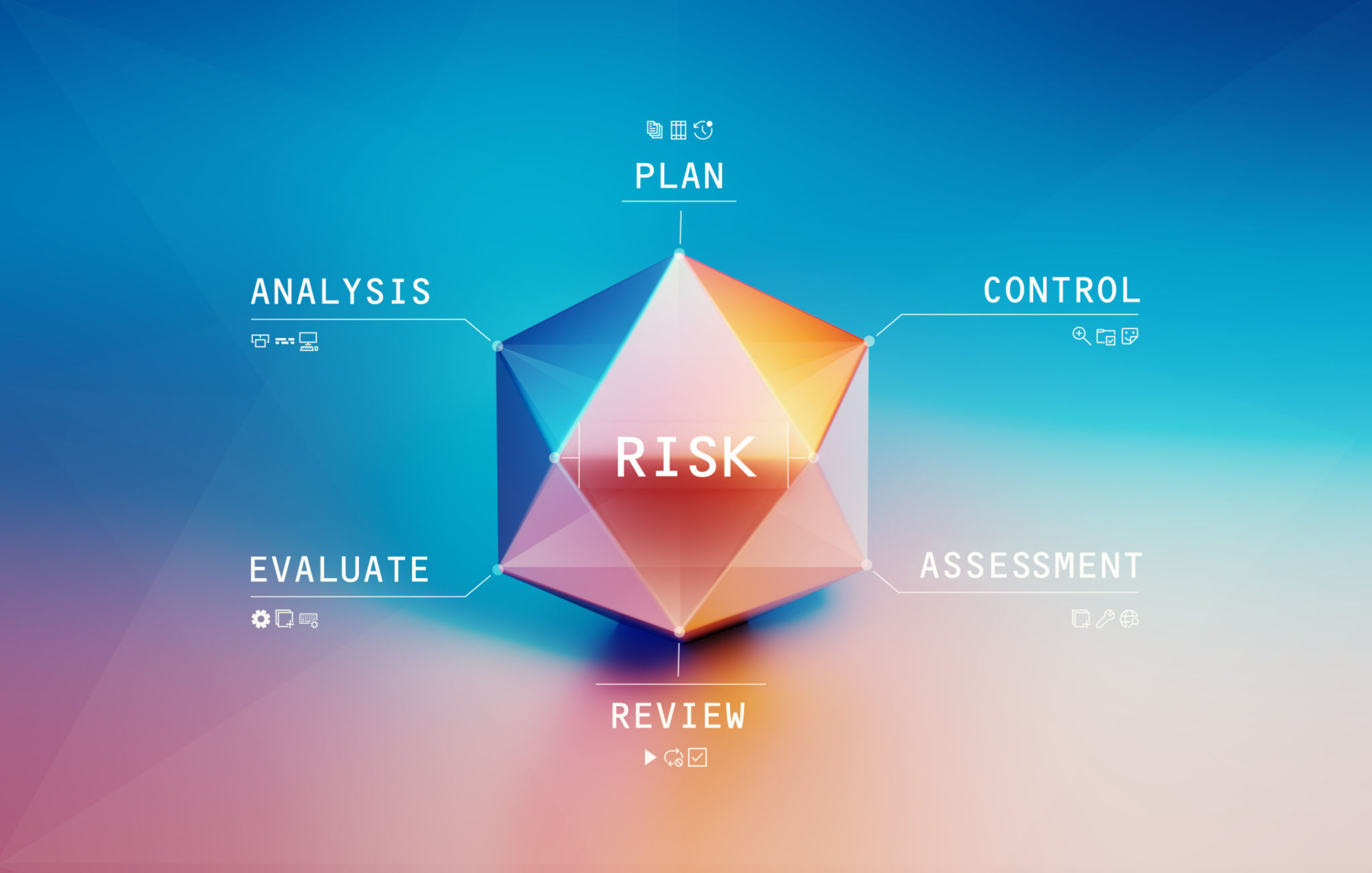Project Risk Assessment 101: Identifying and Mitigating Risks Effectively
Understanding Project Risk Assessment
Project risk assessment is a crucial process that helps in identifying, analyzing, and responding to risks that could potentially impact a project. A comprehensive risk assessment ensures that project managers can anticipate challenges and mitigate potential disruptions effectively. By understanding the nature of risks, teams can strategize and implement measures that safeguard project objectives.

Identifying Risks
Identifying risks is the first step in the risk assessment process. It involves a thorough examination of all potential threats that could affect a project's success. Common methods for identifying risks include brainstorming sessions, expert interviews, and reviewing past project data. It's essential to involve various stakeholders during this phase to ensure a comprehensive identification of risks.
Some typical categories of risks include:
- Technical Risks: Issues related to technology, equipment, or infrastructure.
- Financial Risks: Budget overruns, funding issues, or economic fluctuations.
- Operational Risks: Process inefficiencies or resource availability problems.
- External Risks: Market changes, regulatory shifts, or environmental factors.
Analyzing Risks
Once risks are identified, the next step is to analyze them to understand their potential impact and likelihood. This analysis helps prioritize risks based on their severity and the probability of occurrence. Tools like risk matrices and qualitative assessments are commonly used to evaluate risks systematically.

A risk matrix typically categorizes risks into four quadrants: low impact/low probability, low impact/high probability, high impact/low probability, and high impact/high probability. This categorization aids in determining which risks require immediate attention and which can be monitored over time.
Developing Mitigation Strategies
After analyzing risks, developing effective mitigation strategies is essential to minimize their impact on the project. These strategies can include risk avoidance, reduction, transfer, or acceptance. For instance, adopting new technologies to replace outdated systems can reduce technical risks, while purchasing insurance can transfer financial risks.
Effective risk mitigation requires proactive planning and continuous monitoring throughout the project lifecycle. Regularly revisiting risk management plans ensures they remain relevant and adapted to any changes in the project environment.

Implementing and Monitoring Risk Responses
The final step in the risk assessment process is implementing the developed strategies and continuously monitoring their effectiveness. It is vital to assign responsibilities for each risk response to ensure accountability and prompt action when needed.
Regular project meetings and updates on risk status can help maintain focus on risk management activities. This ongoing vigilance ensures that any new risks are quickly identified and addressed before they can significantly affect the project.
The Benefits of Effective Risk Management
Effective project risk assessment and management offer numerous benefits, including increased confidence in achieving project objectives, improved decision-making capabilities, and enhanced stakeholder trust. By fostering a proactive risk management culture, organizations can better navigate uncertainties and deliver successful projects consistently.
In conclusion, a well-structured project risk assessment process is indispensable for mitigating potential challenges and ensuring project success. By systematically identifying, analyzing, and addressing risks, teams can safeguard their projects from unforeseen disruptions and achieve their goals efficiently.